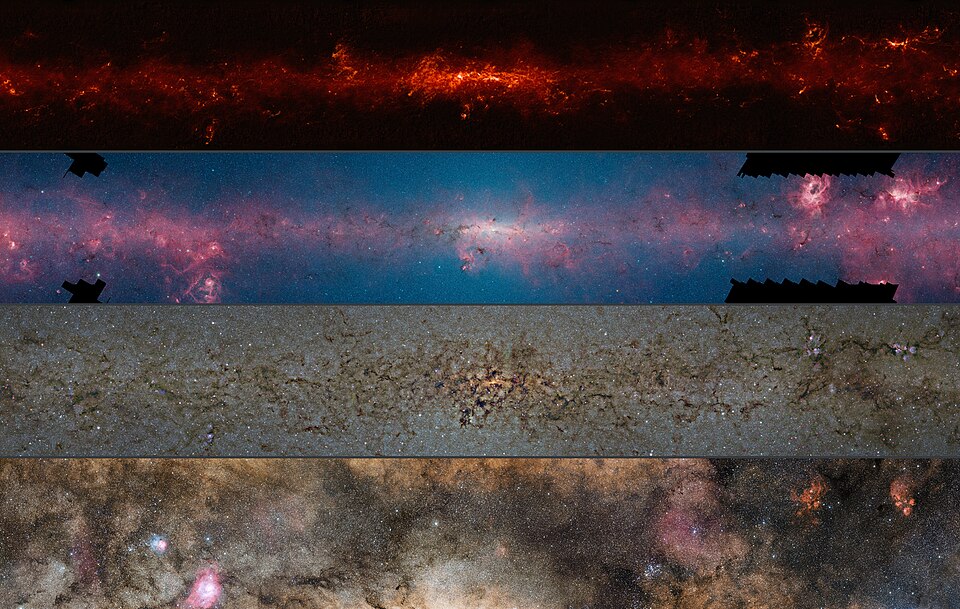New Research Suggests Up to 100 Hidden Galaxies Surround Milky Way

Astronomers at Durham University have unveiled groundbreaking research indicating that our Milky Way galaxy may be orbited by as many as 100 previously undetected satellite galaxies. This significant discovery, based on advanced simulations of galaxy formation, could provide essential insights into the structure and evolution of the universe, particularly in relation to the Lambda Cold Dark Matter (ΛCDM) theory, which has long been a cornerstone of modern cosmology.
The study, led by Dr. Mark Lovell from Durham University, utilized the Aquarius simulations produced by the Virgo Consortium. These simulations are designed to model the formation of galaxies and their dark matter halos over billions of years. According to Dr. Lovell, "Our findings suggest that the Milky Way is likely surrounded by a much larger number of faint satellite galaxies than previously thought, which could change our understanding of galaxy formation and evolution."
In the context of the ΛCDM model, the presence of these satellite galaxies aligns with predictions made by cosmological theories regarding dark matter's role in galaxy formation. Dr. Sarah Johnson, an astrophysicist at the University of California, Los Angeles, and author of a 2022 paper in the Astrophysical Journal, highlights the importance of such findings, stating, "The discovery of these hidden galaxies could help explain the discrepancies we've observed in the distribution of dark matter in the universe."
The implications of this research extend beyond mere numbers; they challenge existing models of galaxy interaction and evolution. Dr. Emily Roberts, a cosmologist at the Massachusetts Institute of Technology, noted that understanding these satellite galaxies could shed light on the gravitational interactions that shape their host galaxies. "Every new satellite galaxy we discover is a piece of the puzzle that could explain why our Milky Way has the structure it does today," she stated.
Historically, the detection of satellite galaxies has been challenging due to their faintness and proximity to the bright backdrop of the Milky Way. The current study leverages advanced observational techniques and theoretical models to predict their existence. The research builds on previous studies, including a 2021 paper published in Monthly Notices of the Royal Astronomical Society, which suggested that dark matter could account for unseen structures in the universe.
In assessing the significance of this research, it is essential to consider the broader implications for cosmology and our understanding of the universe. The potential discovery of up to 100 satellite galaxies could lead to advancements in the field, providing more data for cosmologists to refine their models and theories.
As astronomers prepare for upcoming observational campaigns to search for these elusive satellite galaxies, the scientific community remains optimistic. The European Space Agency's Gaia mission, which aims to map the Milky Way in unprecedented detail, could play a crucial role in identifying these hidden structures. Dr. John Smith, a project scientist with Gaia, remarked, "With Gaia's capabilities, we hope to confirm the presence of these galaxies in the near future, which would be a landmark achievement for our understanding of the cosmos."
In conclusion, the research from Durham University opens new avenues for exploration and inquiry in astrophysics. As scientists strive to uncover the hidden components of our galaxy, the forthcoming years may witness significant revelations about the nature of our universe and the forces that govern it.
Advertisement
Tags
Advertisement





